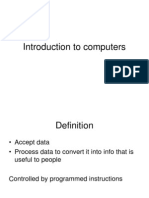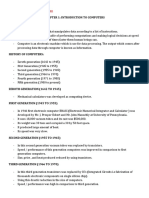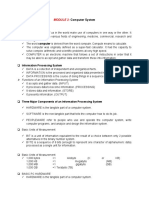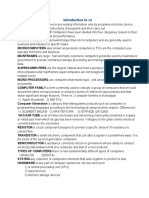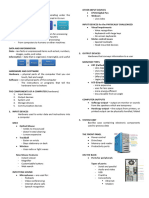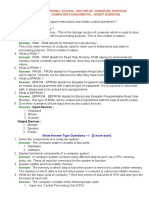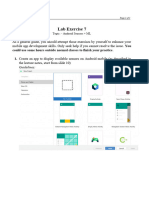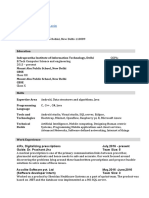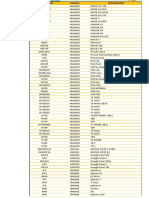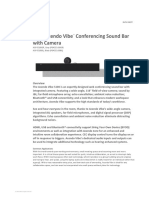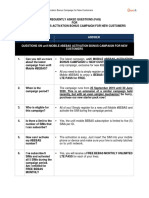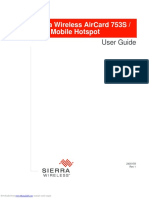0% found this document useful (0 votes)
72 views28 pagesLecture 3 Intro To Computer System
This document provides an introduction to computer systems. It describes that a computer system has hardware and software. The hardware includes physical components like the CPU, memory, storage devices, and input/output components. The software includes the operating system and application programs. It then defines different types of computers from supercomputers to personal computers and mobile devices. It outlines the basic components and functions of a typical personal computer system.
Uploaded by
zeinkho219Copyright
© © All Rights Reserved
We take content rights seriously. If you suspect this is your content, claim it here.
Available Formats
Download as PDF, TXT or read online on Scribd
0% found this document useful (0 votes)
72 views28 pagesLecture 3 Intro To Computer System
This document provides an introduction to computer systems. It describes that a computer system has hardware and software. The hardware includes physical components like the CPU, memory, storage devices, and input/output components. The software includes the operating system and application programs. It then defines different types of computers from supercomputers to personal computers and mobile devices. It outlines the basic components and functions of a typical personal computer system.
Uploaded by
zeinkho219Copyright
© © All Rights Reserved
We take content rights seriously. If you suspect this is your content, claim it here.
Available Formats
Download as PDF, TXT or read online on Scribd
/ 28




